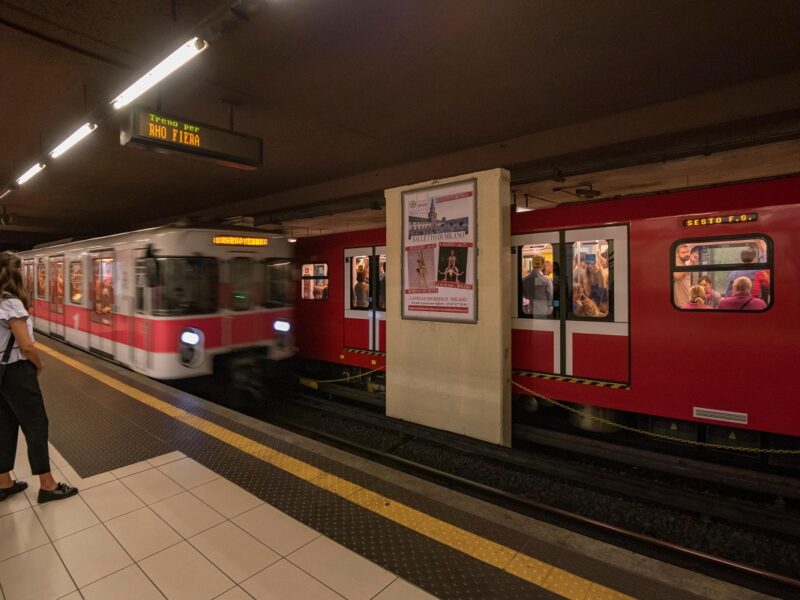The Japanese piece sold for more than quadruple of the auction house’s original estimate.
Last Tuesday, March 21, Christie’s in New York sold Katsushika Hokusai’s “Under the Well of the Great Wave off Kanagawa” for $2.8 million.
This was a record-breaking deal for the woodblock print. The piece depicts boats in rough waters faced with a large wave, while Mount Fuji stands in the background.
It’s a part of Hokusai’s “Thirty-six Views of Mount Fuji” collection in which he depicts the mountain from different locations, seasons, and weather conditions.

The Japanese artist created the print at the age of 70, in the 1830s during Japan’s Edo period.
Christie’s originally expected the print to sell for $500,000 to $700,000. But according to the Wall Street Journal, six bidders kept pushing the price higher for 13 minutes.
The winning bidder, who purchased the piece for $2.8 Million, remained anonymous.
Hokusai’s “Great Wave” has influenced many of his contemporaries such as Utagawa Hiroshige and Utagawa Kuniyoshi.
When the piece made its way out of Japan, it became a big deal among European artists. Curators claim that the “Great Wave” inspired the likes of Claude Monet and Vincent Van Gogh.
The image can be seen everywhere, from calendars to rugs to book covers. According to Google, there are nearly 1.4 billion hits for the “Great Wave.”
Sebastian Izzard, a longtime Japanese prints dealer based in New York, said that there are factors that can easily tip the price of the print.
For one, collectors tend to pay more for versions of the “Great Wave” that have crisper lines. This is because it means the print was created earlier on. As the woodblock ages, the lines become blurrier.
Another factor is that prints with no creases or tears fetch a higher price, for obvious reasons.
The print sold by Christie’s is an early version, shown by the visible outline of a cloud that may not appear in later versions. It also had never been folded, meaning it was in excellent condition.
“Hokusai is the Japanese equivalent of Rembrandt,” Izzard said, “and this is his icon.”
Banner image via Twitter @ChristiesInc.



